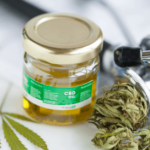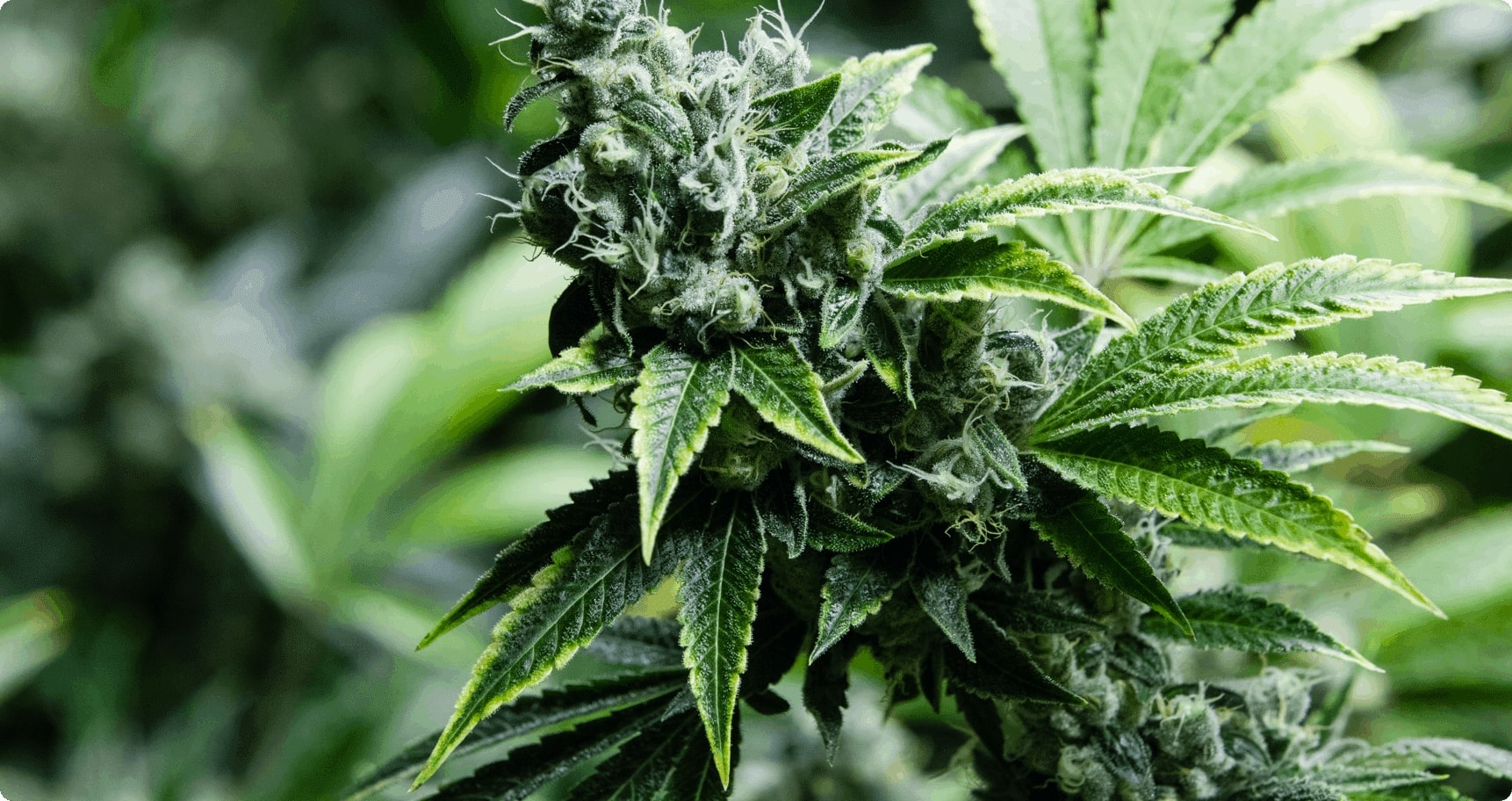
Do I Qualify For Medical Cannabis?
April 1, 2019
CBD: Exploring The Therapeutic Effects Of Cannabis Without The High
April 2, 2019
Cannabis, a plant that has proven to be complex is still under the microscope by researchers, patients, physicians, and society. But one of the most famous and most widely known phrases associated with the plant will always be THC, or more appropriately, delta-9-tetrahydrocannabinol. But many new patients want an introduction on THC basics, learning how it can play a role in a patient’s well-being and healing.
While cannabis has been used for medical, religious, and recreational purposes for over 5,000 years1, THC, as an isolated cannabinoid derived from the plant was first discovered by Raphael Mechoulam and Yechiel Goani in 19642. This cornerstone research discovery by Mechoulam would lead to the discovery of other cannabinoids including CBD, as well as the endocannabinoid system, our body’s way of utilizing the healing potential of cannabis.3
THC is known to be the major psychoactive component of cannabis, in other words, it’s the part of the cannabis plant that gives the euphoric feeling of being “high”.4 As one of the many cannabinoids present within cannabis, THC interacts with our endocannabinoid system to produce a wide range of effects.5 THC activates CB1 receptors within the central nervous system and our endocannabinoid system, giving THC this unique effect with both therapeutic and recreational uses.6
THC Basics: Perceptions In Today’s Society
As a Schedule I controlled substance in the United States, THC and its potential as a medicine has been wrapped up in political red tape, along with many stigmas tied to the plant including potential harms and notions of it leading to other more harmful drugs.7
However, cannabis and THC as a medicine has had a resurgence as of late within North America, attributed partly because of reduced stigma, further normalization, and the growing opioid abuse epidemic.8
Learning The THC Basics To Utilize Its Many Therapeutic Benefits
Cannabis and THC has been historically known to be ingested through smoking of the dried herb, however, as patients of medical cannabis, there are many other consumption methods that are more beneficial to one’s health than inhaling smoke, including vaporization, edible products, and even tinctures.
THC is simply one cannabinoid present within cannabis that interacts with many other cannabinoids present within the plant, including aromatic terpenes which all contribute to what is known as the entourage effect. THC as an extract presents its own unique set of therapeutic effects, but when interacting other cannabinoids and terpenes, it can lead patients down the road of many different avenues of healing.
As for the specific effects of THC, they can both be short and long term, with both therapeutic and adverse effects, dependent on many things including the individual, dose, potency, and delivery method.
The Therapeutic Effects Of THC
• Muscle Relaxant
• Anti-nausea
• Anti-inflammatory
• Anti-spasm/tremor
• Anti-seizure
• Appetite stimulant
• Bronchodilator
• Potential to lower blood pressure
• Anti-depressant
• Pain reliever9
The Adverse Effects Of THC
• Distortion of time
• Memory impairment
• Panic attacks or anxiety
• Delusions
• Impairment
• Hallucinations10
The Debate Surrounding THC
The debates and voices surrounding cannabis and THC basics as a medicine continues. Proponents of THC are pushing to support medical cannabis in the treatment of many conditions, especially those that have not responded to traditional treatment methods. Cannabis is considered “relatively safe” with few deaths ever reported, can be “self-titratable,” while being relatively inexpensive in comparison to other pharmaceutical agents.11
The voices against cannabis argue that clinical trials to confirm either the harms are benefits are lacking, need FDA approval, and also lack methods standardization and measurement of potency or quality. However, there are companies, like CB2 Insights,,!----> who are leading the charge to provide this type of standardized and regulated data in order to transform cannabis into mainstream healthcare.
WORKS CITED
1. Pertwee RG. Cannabinoid pharmacology: the first 66 years. British Journal of Pharmacology. 2009;147(S1). doi:10.1038/sj.bjp.0706406.
2. Gaoni Y, Mechoulam R. Isolation, Structure, and Partial Synthesis of an Active Constituent of Hashish. Journal of the American Chemical Society. 1964;86(8):1646-1647. doi:10.1021/ja01062a046.
3. Gaoni et al.
4. Bridgeman MB, Abazia DT. Medicinal Cannabis: History, Pharmacology, And Implications for the Acute Care Setting. Pharmacy and Therapeutics. 2017;42(2):180-188.
5. Bridgeman et al.
6. Bridgeman et al.
7. Bridgeman et al.
8. Bridgeman et al.
9. Russo EB. Taming THC: potential cannabis synergy and phytocannabinoid-terpenoid entourage effects. British Journal of Pharmacology. 2011;163(7):1344-1364. doi:10.1111/j.1476-5381.2011.01238.x.
10. Russo et al.
11. Russo et al.



